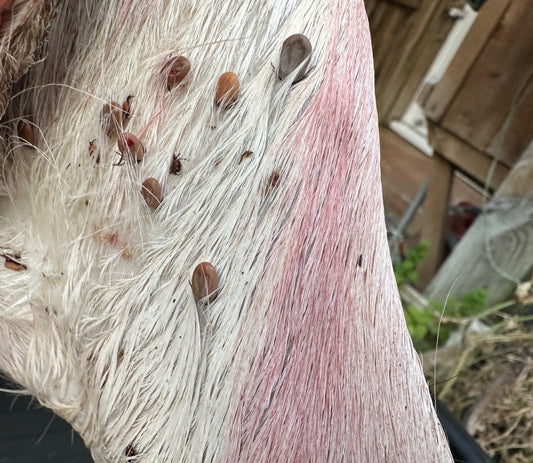In Sussex, the management of deer populations has taken a unique turn, where the age-old art of wildlife tracking is harmoniously blended with the advancements of modern technology. This approach marks a significant evolution in our understanding and stewardship of the local deer populations, crucial for maintaining the ecological balance of this picturesque region.
The Bedrock of Traditional Tracking
At the heart of effective deer management lies the traditional skill of tracking. This technique, honed over generations, involves a deep understanding of deer behaviour and movement. Experienced trackers read the landscape, interpreting signs like hoof prints, feeding areas, and bedding sites to gain insights into the health and dynamics of deer populations. These practices are not just methods; they embody a profound connection with nature and a respect for the wildlife that inhabit our lands.

Integrating Modern Technology
While traditional methods form the foundation, the integration of modern technology has brought a new dimension to deer management in Sussex. Technologies like thermal imaging cameras and drones are now part of the wildlife manager's toolkit.
Thermal imaging has become particularly valuable. These cameras detect heat signatures, allowing wildlife managers to effectively locate and monitor deer, especially during the cooler hours of dusk and dawn or in dense woodland areas where visibility is limited. This technology is instrumental in conducting accurate population counts and observing behavioural patterns without causing disturbance to the deer.
Drones, on the other hand, provide an aerial perspective that was once impossible to achieve. They are particularly useful for surveying large estates or rugged terrains, offering a bird's-eye view of herd sizes, migration patterns, and habitat conditions. Drones have become an essential tool for large-scale land management, allowing for efficient and effective monitoring of wildlife over expansive areas.
Balancing Tradition with Innovation
The combination of traditional tracking skills and modern technology represents a balanced approach to deer management. It ensures that interventions are based on accurate, real-time data while being grounded in a deep understanding of the natural environment. This blend not only enhances the effectiveness of management strategies but also ensures they are respectful of the ecological integrity of Sussex's landscapes.

Looking Ahead: Sustainable Deer Management in Sussex
As we look to the future, the continued fusion of traditional knowledge with technological advancements holds great promise for sustainable deer management in Sussex. It allows landowners, farmers, and estate managers to make informed decisions that align with both conservation goals and land use requirements.
In conclusion, the innovative approach to deer management in Sussex – respecting traditional practices while embracing modern technology – sets a standard for wildlife stewardship. It's an approach that not only addresses the immediate needs of land management but also ensures the long-term health and sustainability of the region's deer populations and their habitats.




